Brief history
It was with the construction of the section of the Douro line, between Quinta do Vesúvio and the Bulha stream, that the town of Freixo-Mós was created, where Quinta do Torrão was developed by António Augusto de Oliveira Mendes, a dynamic benefactor from Mosense.
There, buildings and houses were built to provide logistical support to the workers who were involved in the construction of the railway line. Today, most of these houses are part of the farm that would later be acquired by António Joaquim Costa, whose leadership triggered a new period of expansion, particularly in the exploitation of olive groves and vineyards, as well as the development of own brands such as FREIXO Port Wine, FREIXO Nº1 Port Wine and Regional Port, which were very successful at the time in trade and export.
The Quinta was passed on to one of her daughters, "D. Cremilde", and at the end of the 20th century, to her granddaughter Maria Virginia, who together with her husband, Manuel Duarte Ramos, took over its management, progressively modernising the vineyard and olive grove.
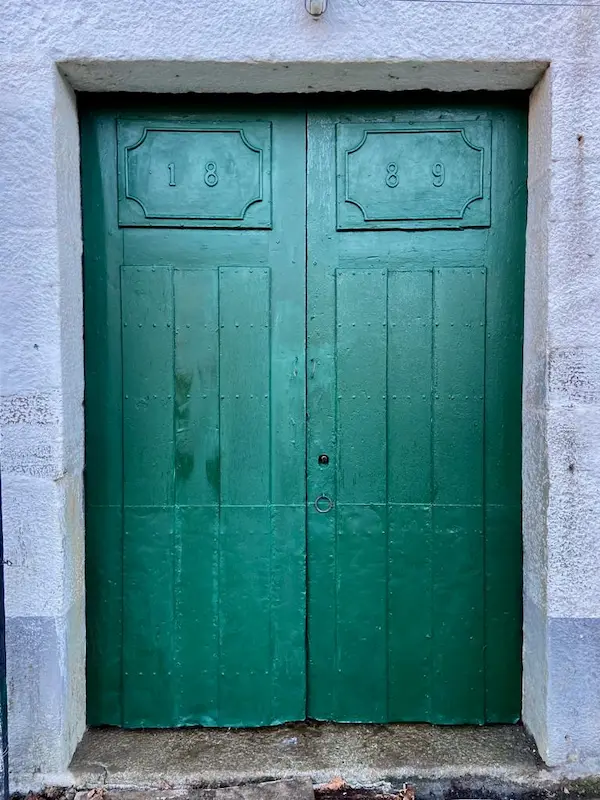
Location
Located in the heart of the upper Douro, in Lugar de Freixo-Mós, Freguesia das Mós, Municipality of VNF, Portugal, the quinta runs along the slopes of the Douro River, on the south bank, next to the Freixo-Mós railway station, with a steep slope ranging from 130 to 450 metres above sea level.
Location
Located in the heart of the upper Douro, in Lugar de Freixo-Mós, Freguesia das Mós, Municipality of VNF, Portugal, the quinta runs along the slopes of the Douro River, on the south bank, next to the Freixo-Mós railway station, with a steep slope ranging from 130 to 450 metres above sea level.
The farm is located on the banks of the River Douro and covers a total area of 35 hectares, of which 14 hectares are now planted with vines, complemented by olive groves and almond trees.
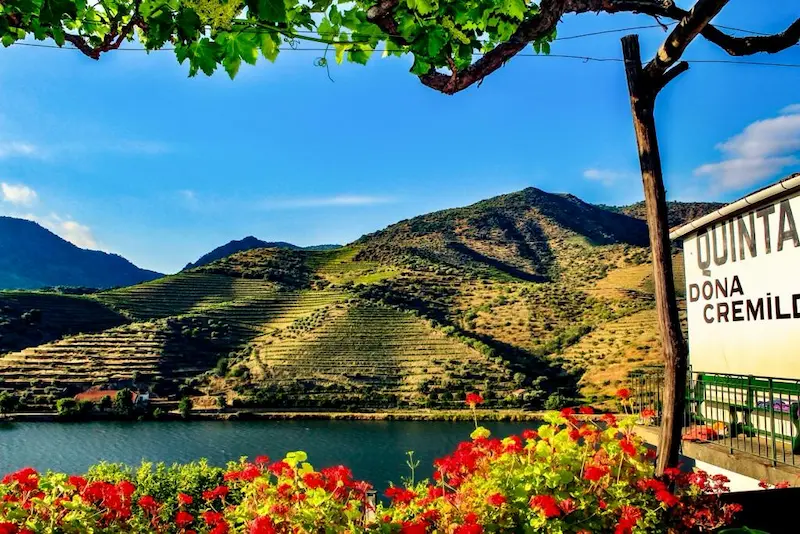
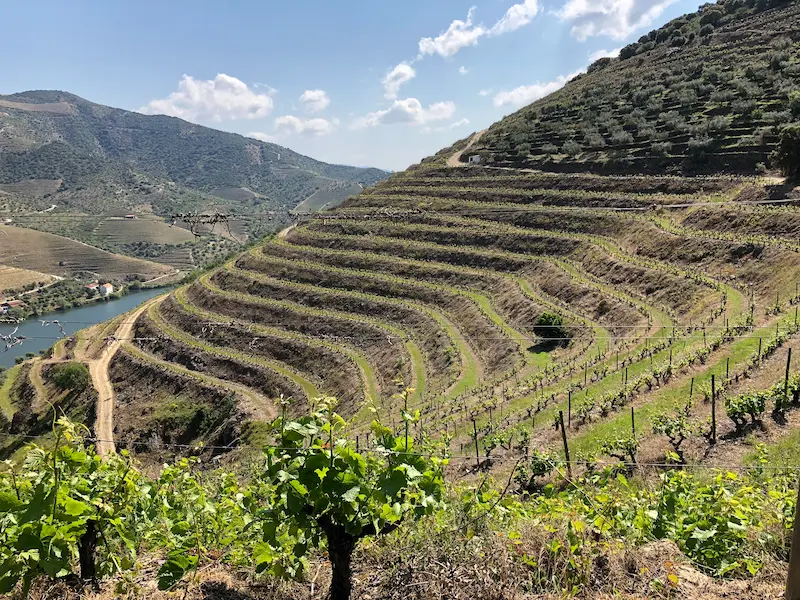
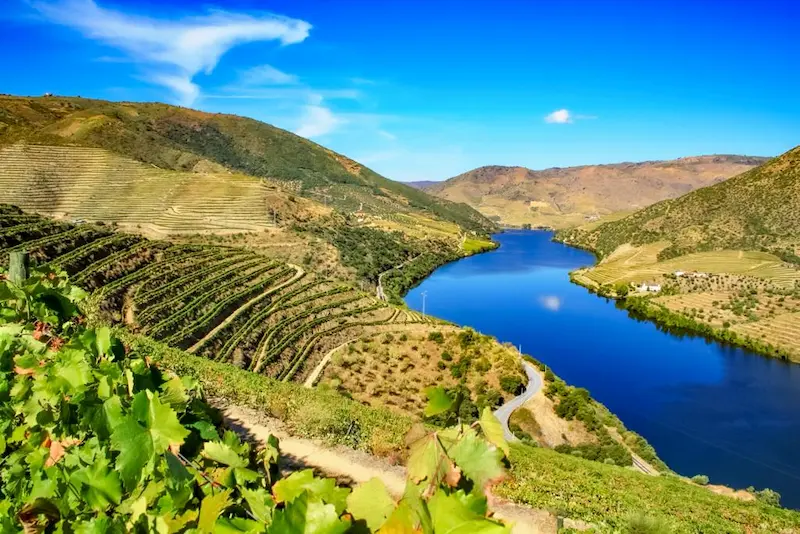

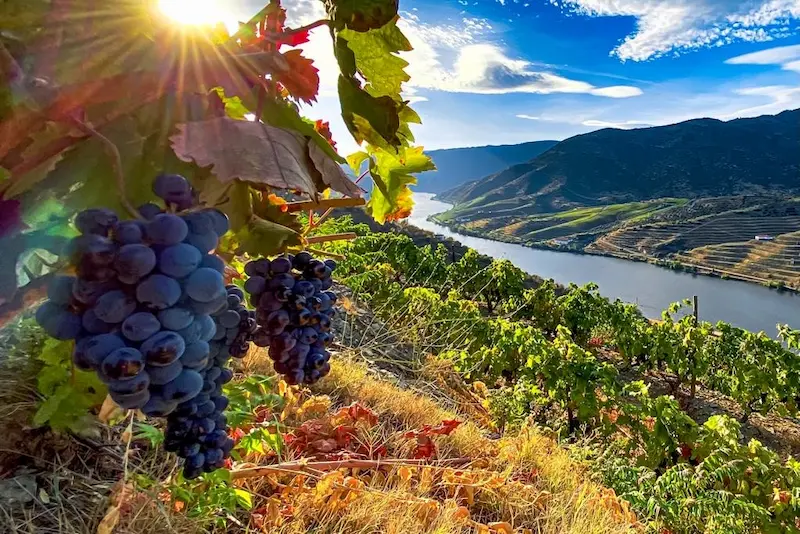
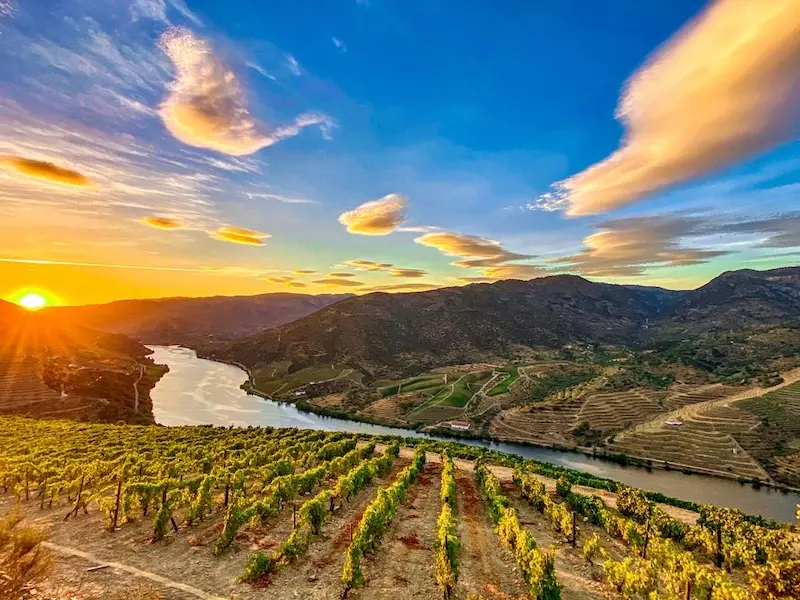
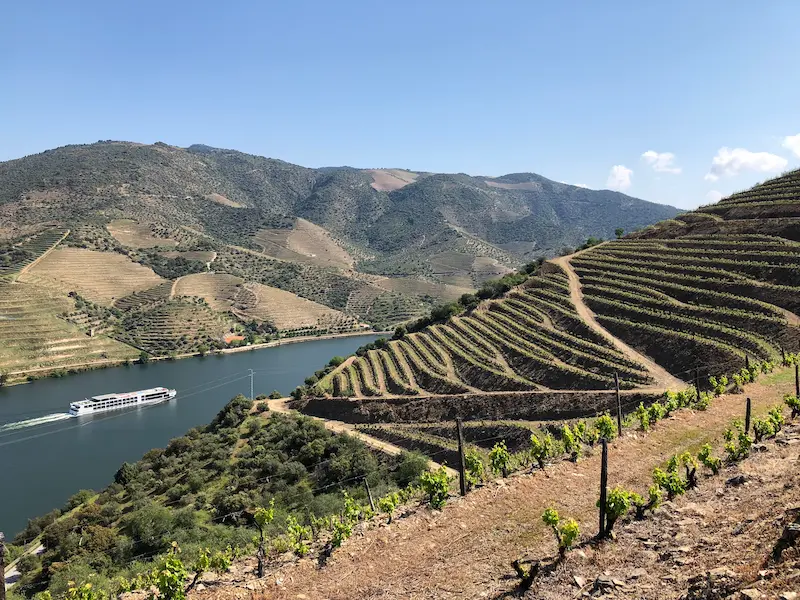
Vineyard characteristics
Land framing
The vineyard is fully mechanised, set up on horizontal levels with earth slopes, with 1-2 rows of vines and a low planting density of around 3,000 - 3,500 plants/ha, requiring large plots to set up.
HANDLING
Conducted in a low, bilateral Royat-type cordon, with a bundle height of between 1.30 and 1.60 metres. The first wire is placed at about 0.6 m, followed by a single or double wire at 30-35 cm for the first topping of the shoots and a final one at the top, 1.40 - 1.50 m from the ground.
CULTURAL PRACTICES
In line with the operations carried out in other regions, digging, redraining, empa, pruning, fertilising, phytosanitary treatments, pruning and grafting.
RED GRAPE VARIETIES
Touriga Franca, Touriga Nacional and Tinta Roriz predominate, complemented by Tinta Amarela, Mourisco and Tinta Barroca, among others.
New challenges
It has unique characteristics for the development of estate wines. Its altitude, exposure to the sun, proximity to the river and the way it is planted with a variety of grape varieties from the region give it the ideal characteristics for producing wines of choice. Thus, in 2022 the first parcel wine was born, Vinha Maria Virginia, created by winemaker Antonio Braga.

